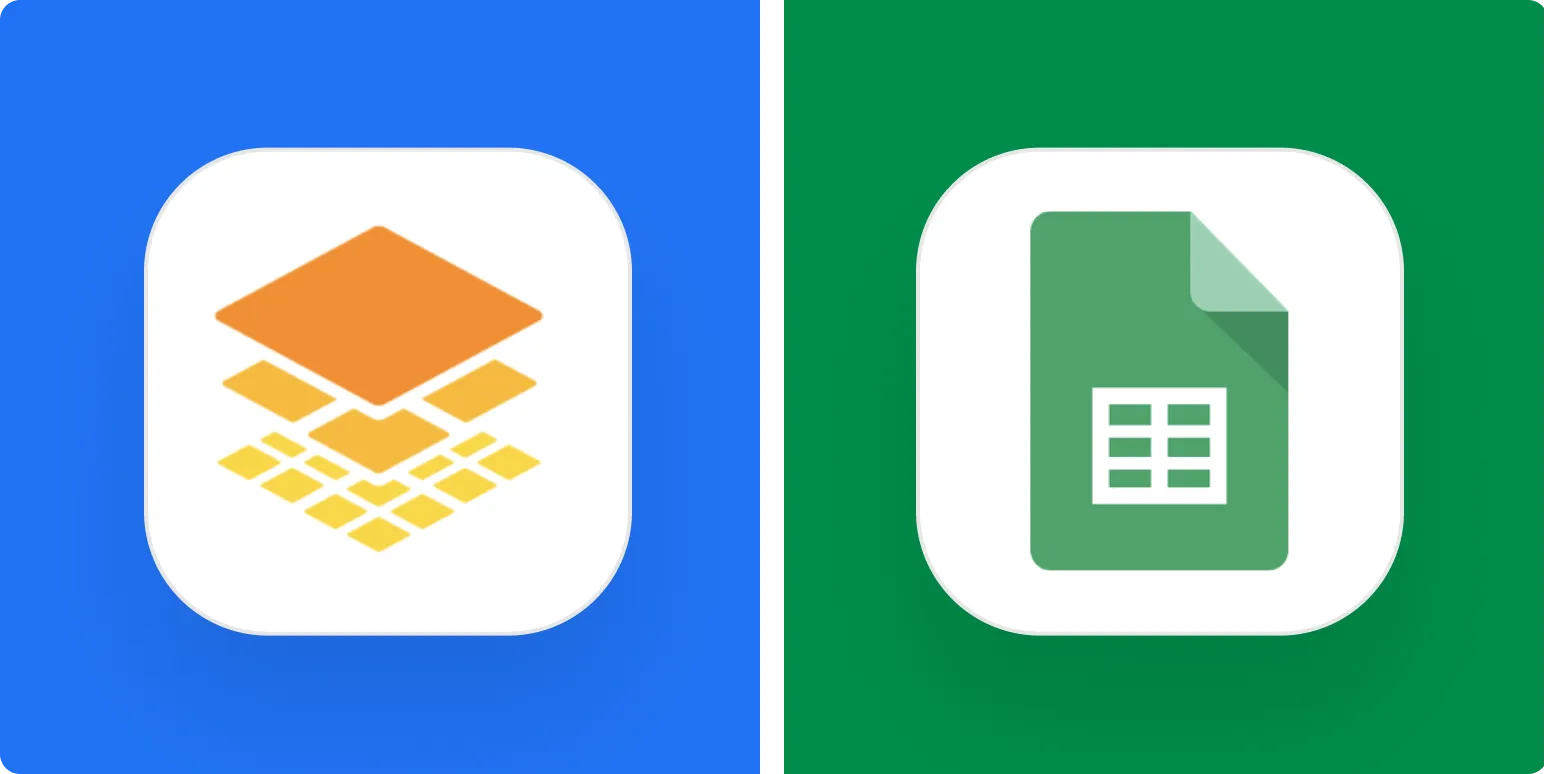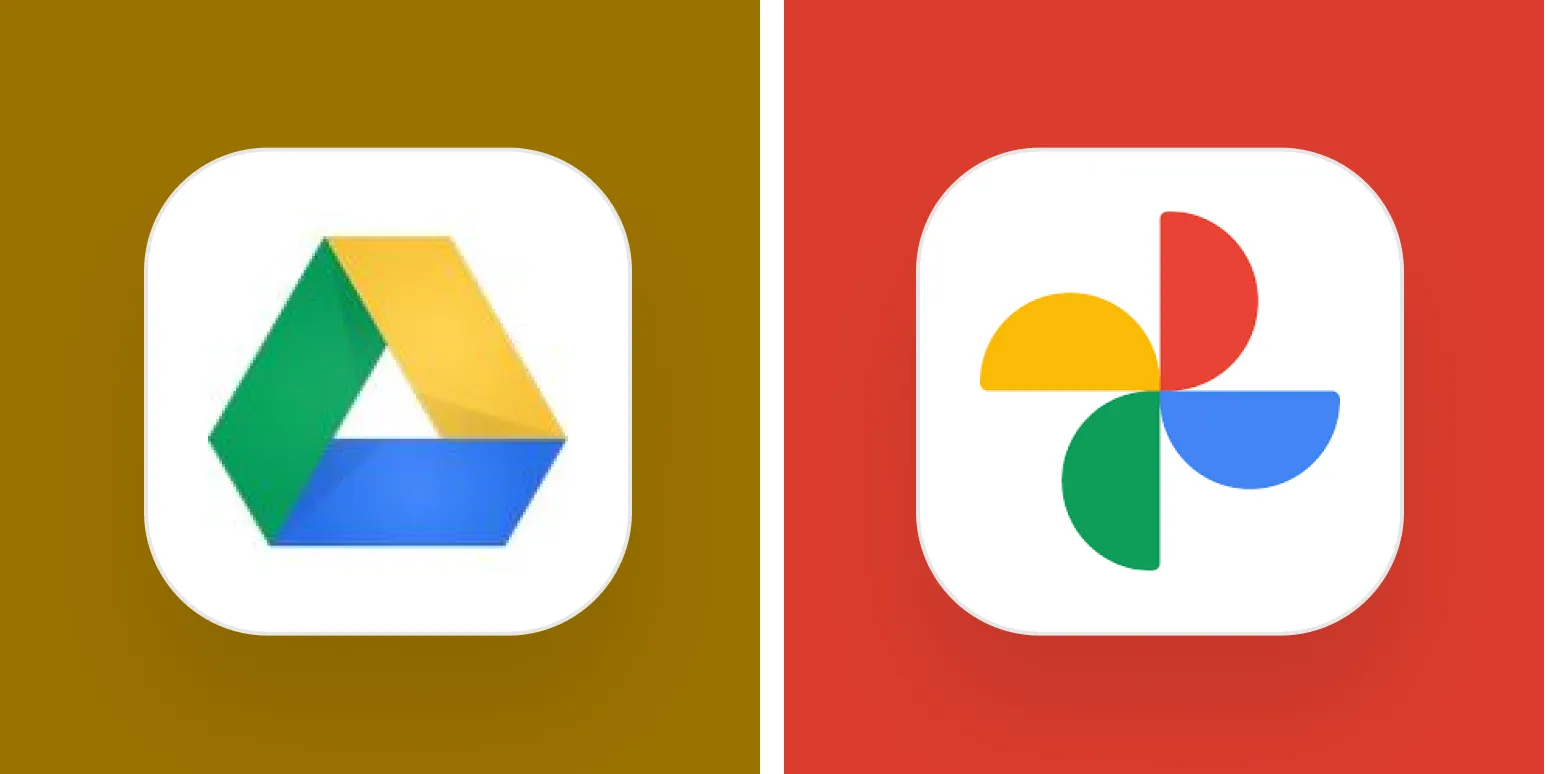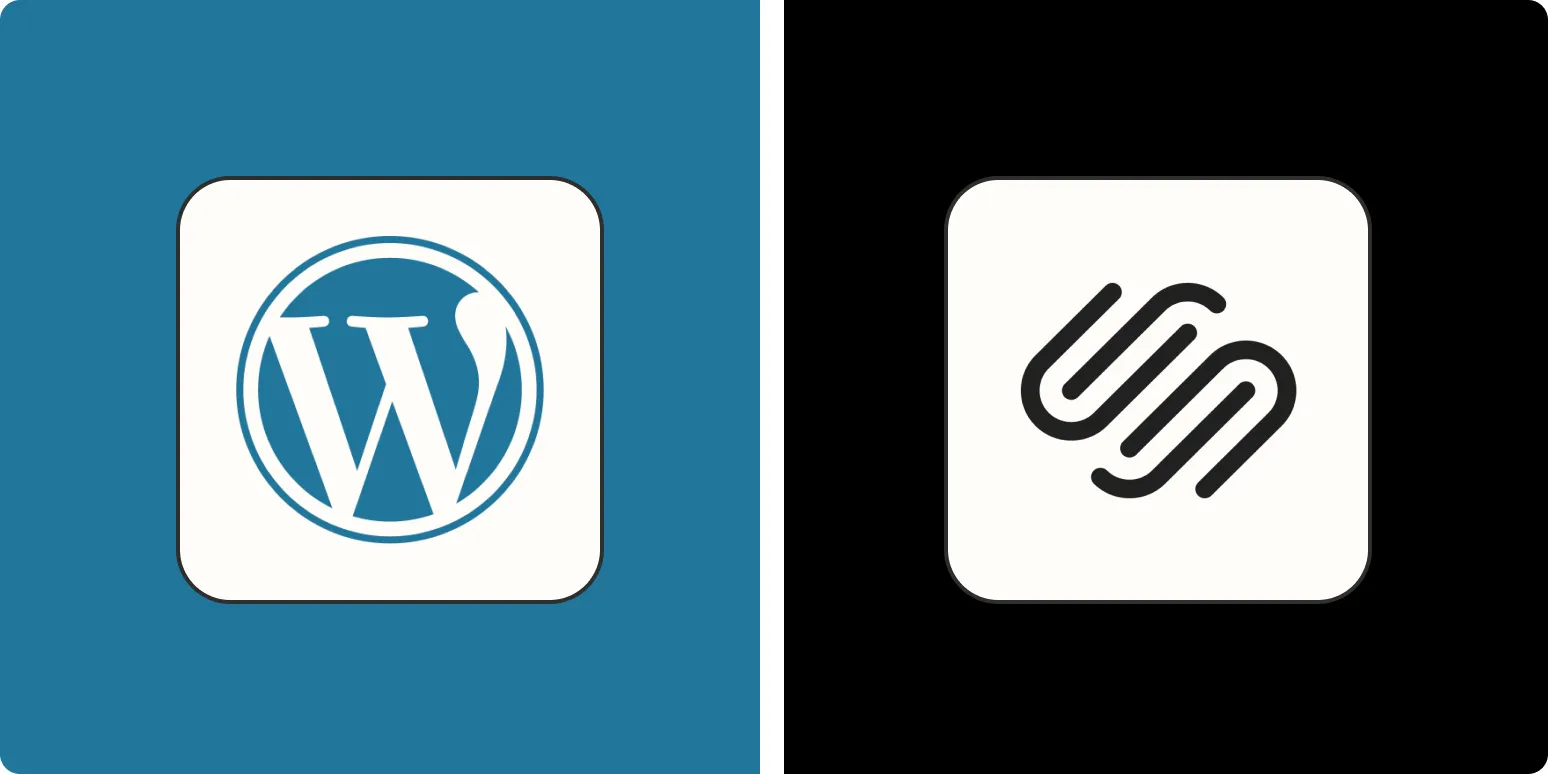Understanding Google Tables
Google Tables was designed to help teams manage and organize their work collaboratively. It allows users to create simple tables that can be customized based on the needs of the project. One of the standout features of Google Tables is its ability to automate workflows. Users can set up rules to trigger actions, such as sending notifications or updating statuses, based on certain conditions. This makes it particularly useful for project management and tracking tasks. Google Tables is also integrated with Google Cloud, which allows for easy access to data and enhances collaboration among team members.
Exploring Google Sheets
On the other hand, Google Sheets is a more robust spreadsheet application that offers extensive features for data analysis and manipulation. It is widely used for everything from budgeting to complex data analysis. Google Sheets allows users to perform calculations using various functions, create charts and graphs, and use pivot tables for advanced data analysis. The platform also supports real-time collaboration, enabling multiple users to work on the same document simultaneously. Additionally, Google Sheets provides powerful integration capabilities with other Google Workspace applications, making it a versatile tool for data management.
Key Differences Between Google Tables and Google Sheets
While both Google Tables and Google Sheets serve the purpose of organizing data, their functionalities cater to different needs. Here is a comparison chart highlighting the primary differences:
| Feature | Google Tables | Google Sheets |
|---|---|---|
| Primary Use | Project management and task tracking | Data analysis and manipulation |
| Automation | Built-in automation features | Limited automation via scripts |
| Collaboration | Real-time collaboration with task assignments | Real-time collaboration for data editing |
| User Interface | Customizable table views | Spreadsheet format with rows and columns |
| Data Visualization | Basic visualization options | Extensive charting and graphing options |
Use Cases for Google Tables
Google Tables is particularly effective for teams looking to streamline their project management processes. For instance, marketing teams can use it to track campaign status, assign tasks, and set deadlines. The automation feature allows them to receive alerts when tasks are due or when a project hits a specific milestone. This functionality can significantly enhance team productivity and ensure that everyone is on the same page.
Use Cases for Google Sheets
Conversely, Google Sheets shines when it comes to data analysis. Businesses can use it for financial modeling, sales forecasting, or inventory tracking. The ability to perform complex calculations and create graphs makes it an ideal choice for data-driven decision-making. Additionally, Google Sheets can be integrated with various third-party applications, allowing users to import data from external sources easily. This flexibility makes it a powerful tool for analysts and data scientists.
Choosing the Right Tool for Your Needs
When deciding between Google Tables and Google Sheets, it's essential to consider your specific needs. If your primary focus is on project management and you require features like task automation and customizable views, Google Tables may be the better option. However, if you need a tool for extensive data analysis with advanced functions and visualization capabilities, Google Sheets would be more suitable.
Integration with Other Tools
Both Google Tables and Google Sheets offer integration with other Google Workspace applications, but the extent and nature of these integrations differ. Google Sheets integrates seamlessly with Google Forms and Google Data Studio, allowing users to collect data and create comprehensive reports. On the other hand, Google Tables integrates well with tools like Google Chat and Google Drive, facilitating better communication and file management within teams.
Final Thoughts
In conclusion, both Google Tables and Google Sheets have their unique strengths and weaknesses. Choosing between them depends largely on the specific requirements of your project or organization. Understanding the differences between these tools can significantly impact how efficiently you manage your work and analyze data. Evaluate your needs carefully and consider trying both platforms to see which one aligns better with your workflow. Whether you opt for the automation and project management capabilities of Google Tables or the data manipulation features of Google Sheets, both tools can enhance productivity and collaboration in your organization.





